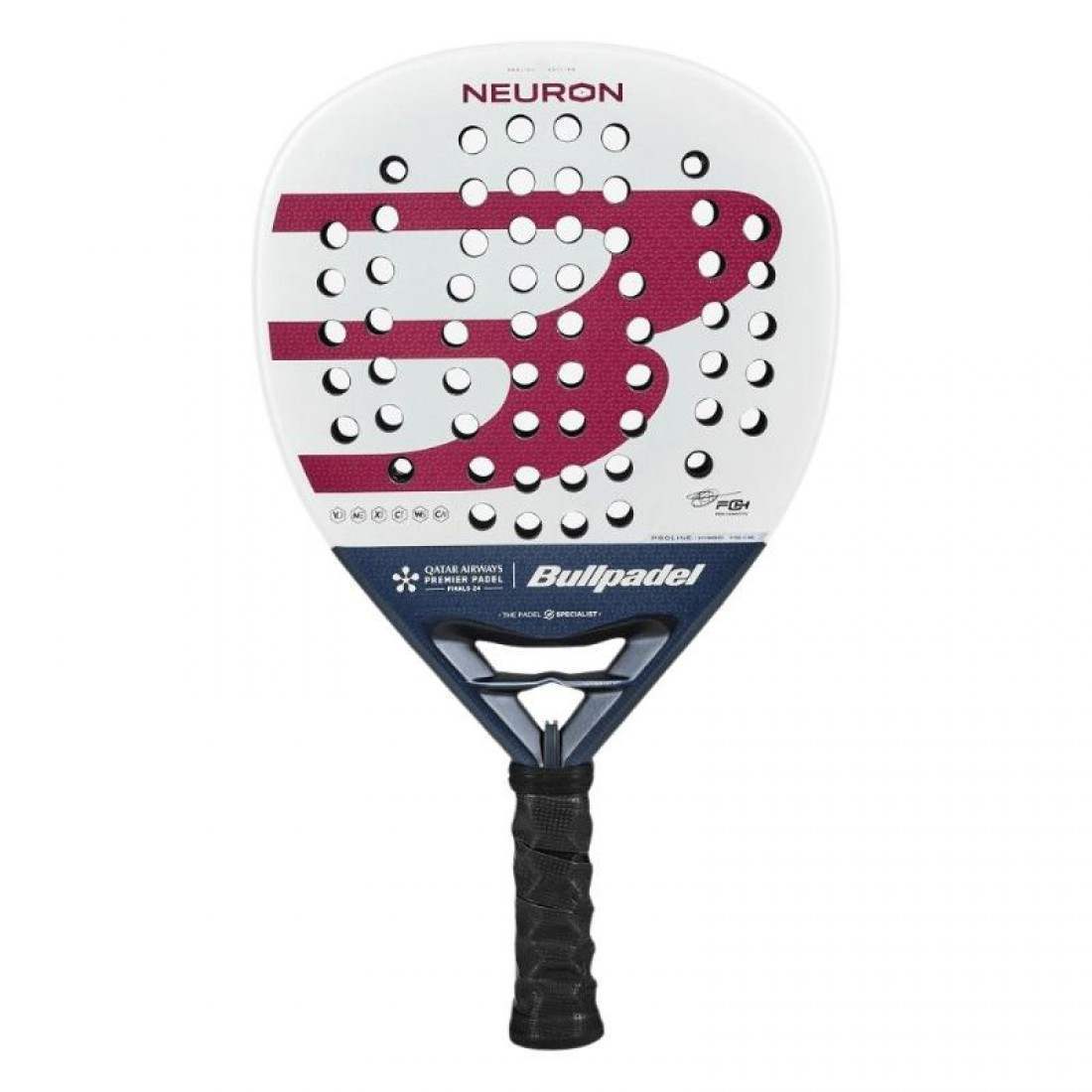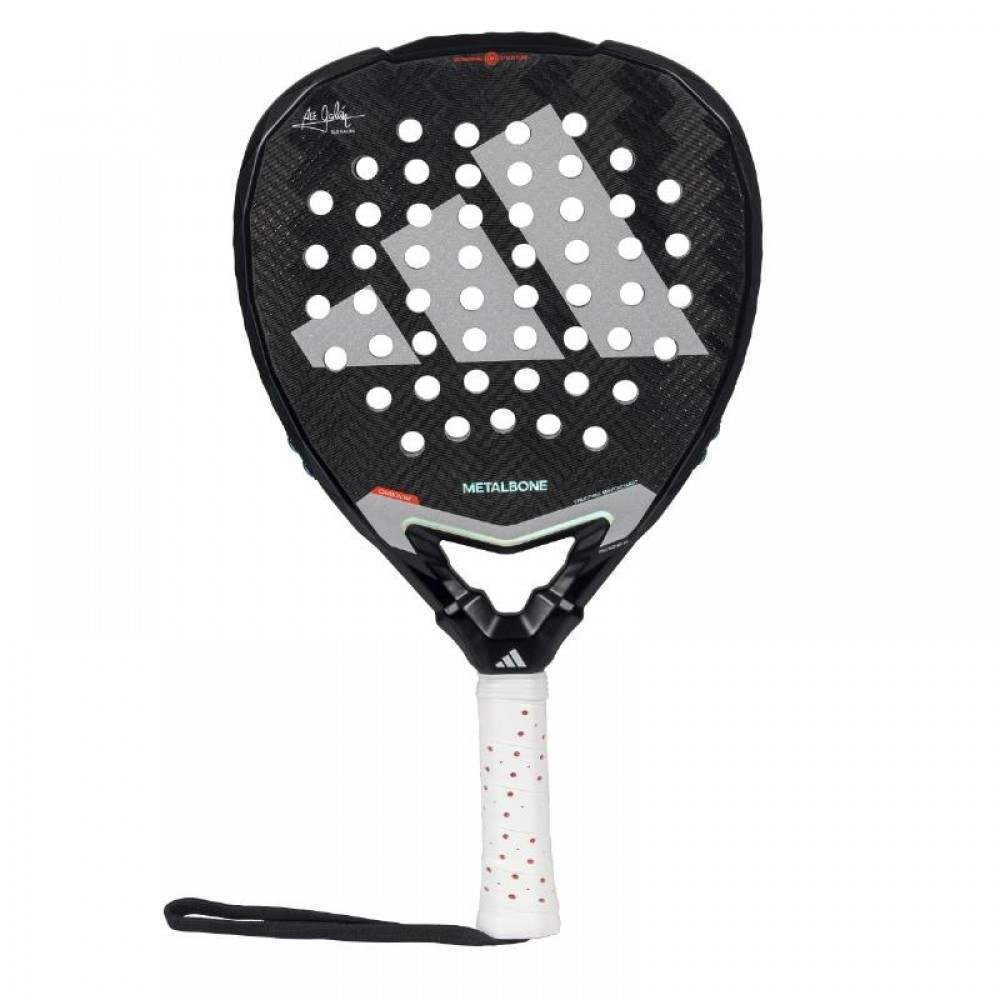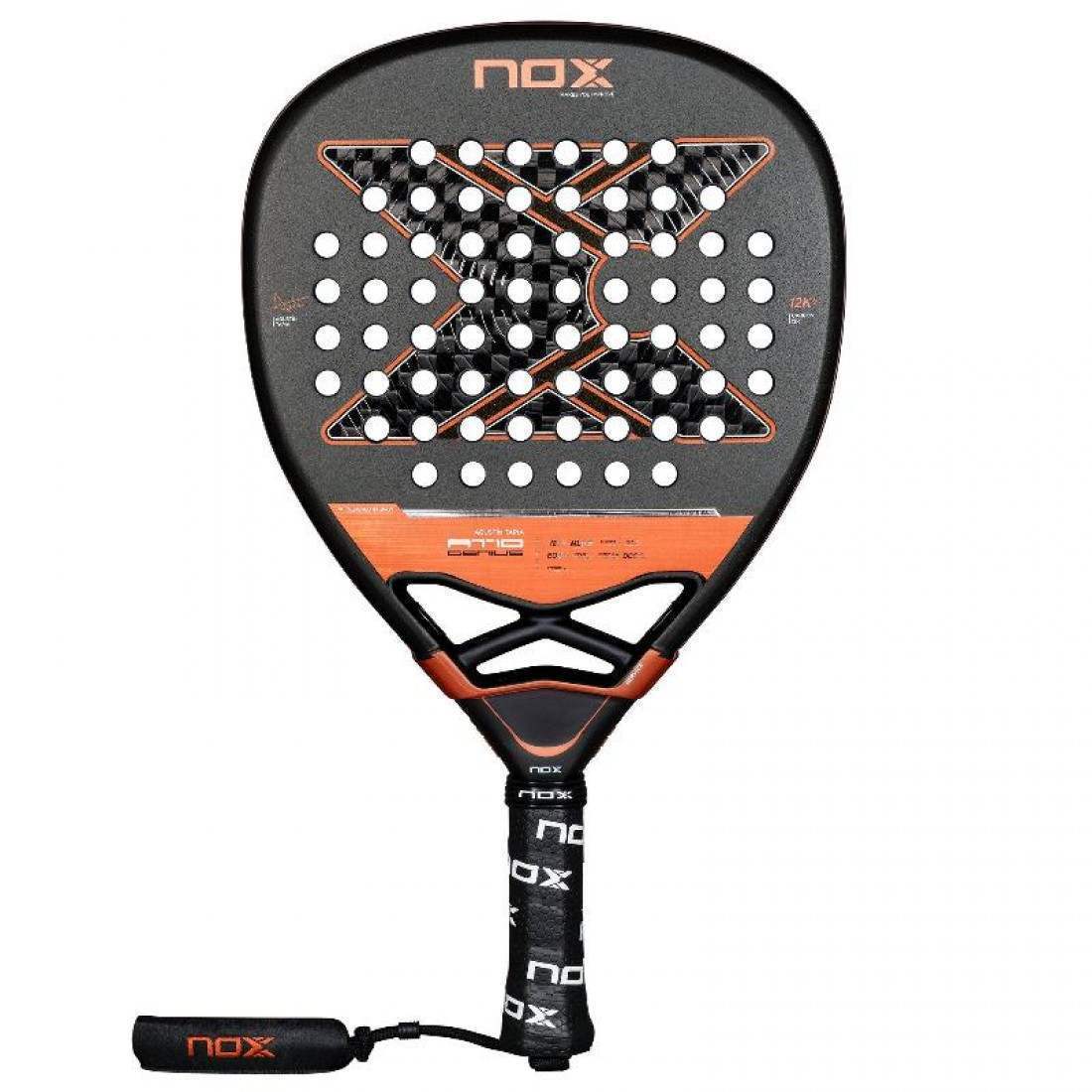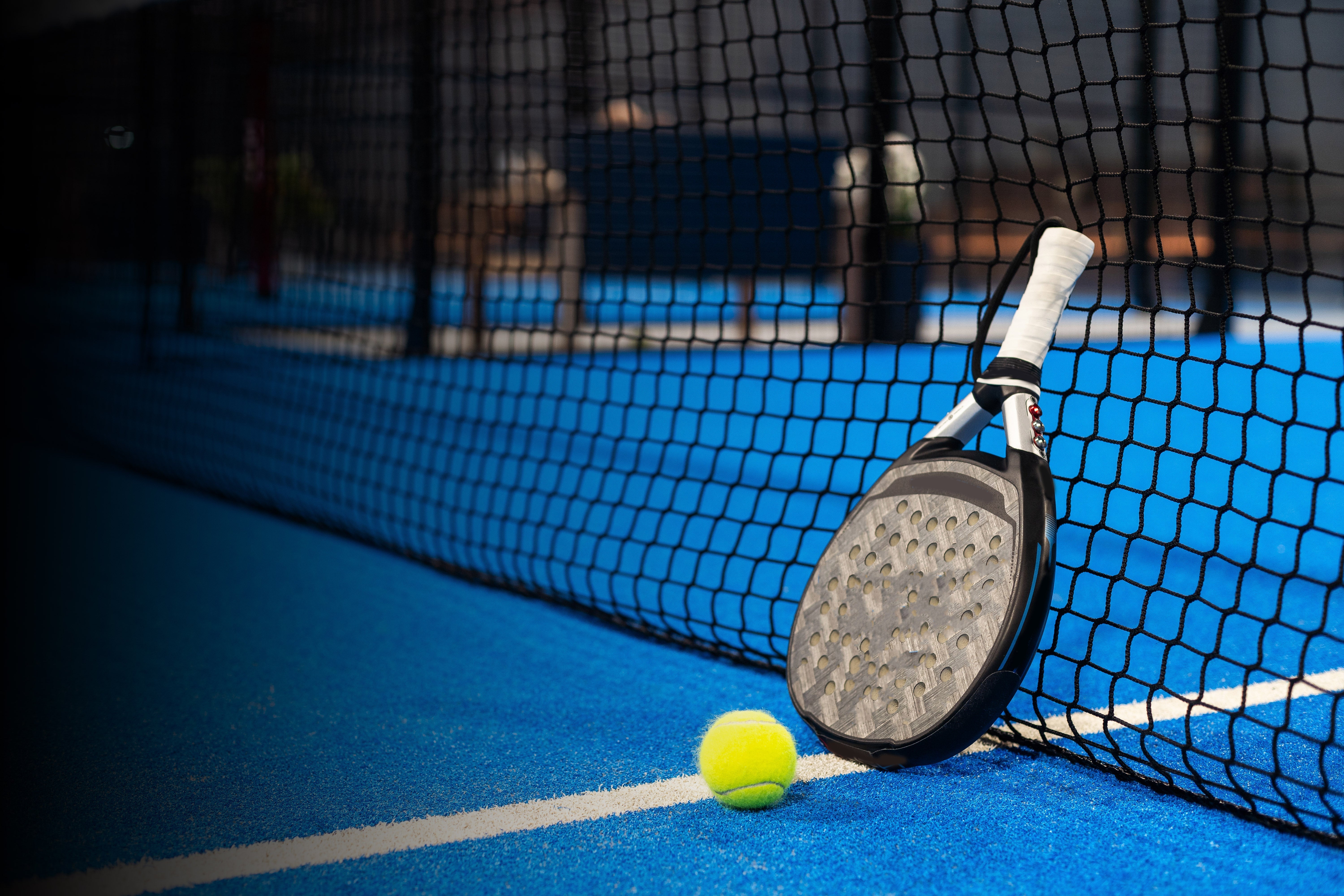Padel is one of the fastest-growing sports in the world, combining elements of tennis and squash into a highly dynamic and social game. Played in doubles on an enclosed court, padel is easy to learn, fun to play, and accessible to all skill levels. Whether you’re a complete beginner or looking to refine your knowledge, this guide will cover all the official padel rules to help you master the game.
1. Understanding the Padel Court & Equipment
-
A padel court measures 20m x 10m and is enclosed with glass and mesh walls.
-
The net divides the court into two halves, similar to a tennis court but lower in height.
-
Players use a solid padel racket (without strings) and a low-compression ball, which is slightly softer than a standard tennis ball.
2. Serving Rules: How to Start a Padel Point
-
The serve must be underhand, with the ball bouncing once before being hit.
-
The serve is performed diagonally into the opponent’s service box.
-
The server must stand behind the service line and hit the ball below waist height.
-
If the ball touches the net and still lands in the correct service box, it is considered a let and the serve is replayed.
-
Each player has two serves per point, similar to tennis.
3. Padel Scoring System
Padel follows the traditional tennis scoring system:
-
15, 30, 40, game
-
If both teams reach 40-40 (deuce), one team must win two consecutive points to secure the game (advantage system).
-
A set is won when a team wins six games, with at least a two-game advantage.
-
Matches are typically played in a best-of-three sets format.
4. Ball in Play & Wall Usage
-
The ball must bounce once on the ground before hitting any of the walls.
-
Players can use the glass walls to return the ball, adding a strategic element similar to squash.
-
A point is lost if the ball:
-
Bounces twice before being returned.
-
Hits the wire fencing directly.
-
Leaves the court without bouncing inside first.
-
5. Volleys & Smashes in Padel
-
Players can volley the ball (hit it before it bounces), except when returning a serve.
-
Smashes can be used aggressively, and if a player hits the ball out of the court, the opponent can chase and return it before it bounces twice.
6. Padel Doubles Play & Positioning
-
Padel is always played in doubles, meaning two players per team.
-
Players cannot switch sides during a point but can after winning a set.
-
Communication and positioning are crucial for covering the court effectively.
7. Faults & Let Calls in Padel
A fault occurs if:
-
The ball fails to clear the net.
-
The ball bounces outside the court boundaries.
-
A player touches the net or hits the ball before it crosses to their side.
-
The ball bounces twice before being returned.
A let is called if:
-
The ball touches the net on a serve but still lands correctly.
-
A foreign object or player interference interrupts the game.
8. Common Padel Mistakes to Avoid
-
Overhitting smashes: If the ball goes out without bouncing inside, the point is lost.
-
Incorrect serving stance: Standing over the line when serving results in a fault.
-
Not using the walls effectively: Learning to use the glass walls can enhance your game significantly.
9. Advanced Padel Strategies
-
Master the lob: A well-executed lob can force opponents to the back of the court, creating an opportunity for an offensive shot.
-
Net dominance: Controlling the net is key to winning points, as most attacking shots happen in the front half of the court.
-
Use angles wisely: Hitting cross-court shots with the right angle can make it harder for your opponents to return.
Conclusion
By understanding these fundamental padel rules and strategies, you’ll be well-equipped to enjoy and improve your game. Whether playing for fun or in competition, mastering the rules of padel ensures a fair, smooth, and exciting experience on the court. Grab your racket, hit the court, and start enjoying the game of padel today!








